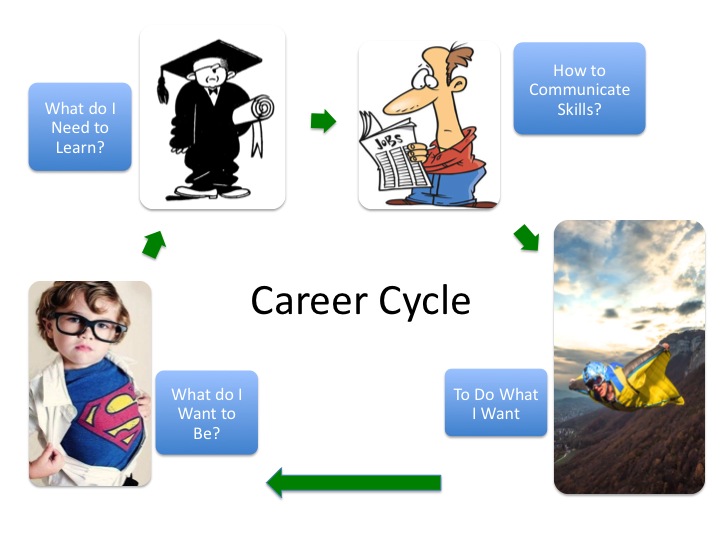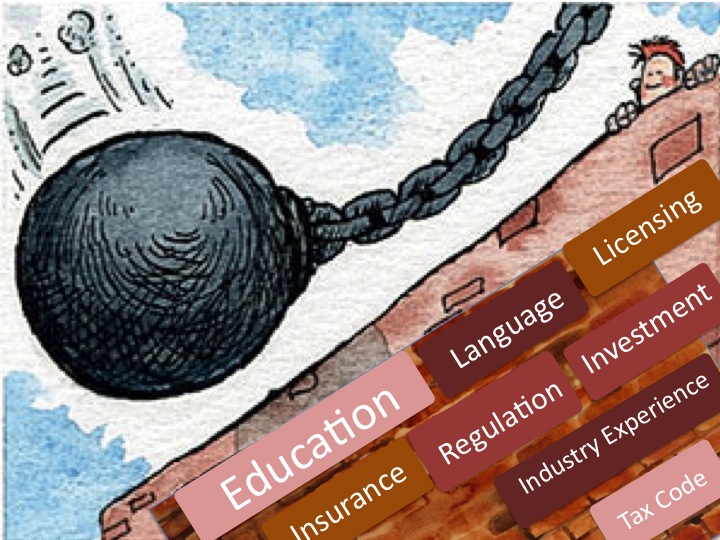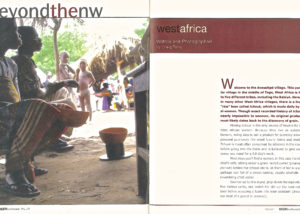Project Description
Those Who can Do, &
Learn More by Teaching
- Mentoring teams of entrepreneurs through the process of analyzing the internal and external forces that will determine the success of a venture. Formally, through incubators like E@UBC and informally among classmates and colleagues, some of whom have grown rather well in the last decade from Cartems to Illumagear, and CarboNet.
- Assisted aspiring teams of engineers through the process of designing and executing solutions for complex problems and projects with a 6 month capstone Project Management course at Material Engineering Dept at the Univeristy of Washington in the winter and spring of 2009, and the autumn of 2011, into winter of 2012.
- Helping high school students understand the language of mathematics and the sciences through one-on-one tutoring.
- Leading students of all ages through the process of learning how to sail and race boats for 20 years. Most recently including the foundation of an advisory board to provide continuity and structure to build a skill-base over 8 classes of students at the Sauder School MBA program. It starts through engagement, inviting each new class to a student regatta during the orientation week hosted by the 2nd year students, with alumni skippers, to show that anyone can, and should try, learning to sail. This core of engaged alumni was critical to keeping the tradition going after a new administration pulled the funding in 2013, because we believe the opportunity to learn applied leadership skills is critical to a management education.
I believe that the following describes one of the greatest social challenges the western world faces today, and so take every opportunity to pass on what I have learned.
People trying to manage their lives in a constantly changing economy need to get better and faster at completing the first three of these steps, so they can spend more time doing the things that matter most to them. While these steps have been historically associated with physical growth stages, they are actually happening in this century in an accelerating cycle as the economy rapidly changes.
Industries and professions have created Walled Gardens in an attempt to protect existing investments and slow down creative disruption. Generally, the older and more established the industry, the higher the walls and the slower it changes.
This diagram doesn’t require much explanation…
The walls are built with a variety of different bricks. But none of them guarantee quality or continued success of the industry, or the individual working within it; both must eventually respond to changes in markets and technology.
So what can we do? We don’t have the power to do this… and even if we did it would make a lot of people angry, because they spent decades building and climbing those walls.
There is not the political and social momentum to do this either. We need to find a way to make the walls less of a barrier, and more of a monument to the past that invested so much time and money in them; allowing those already invested to putter around inside.
The goal should be providing better tools to those who want to climb over them, and empower people on the inside who want to help others over. A combination of direct Mentorship with clear and condensed content will ensure that new entrants do not waste their time and money pursing careers they will not actually enjoy or excel at, while mentors can feel their time is well spent.
Decades of working to make the complex understandable in a wide variety of fields from History to Materials Science, has taught me that the way in which information is communicated is the most important aspect in the quality and enjoyment of the learning process. Mastering the art of communication has become one of my lifetime goals as it is crucial to the success of anyone hoping to create value in this constantly changing world.

















